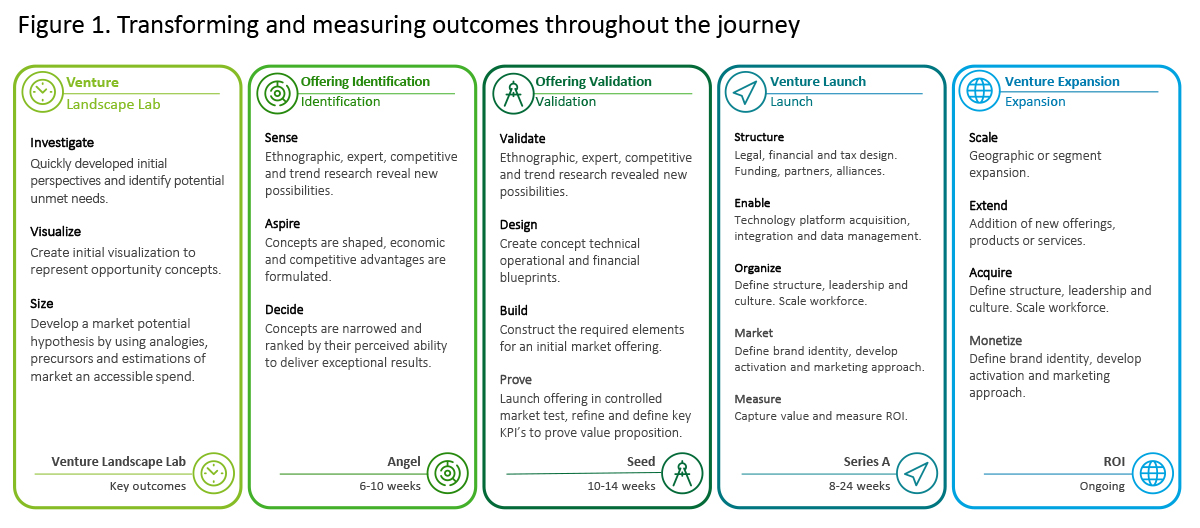ARTICLE SUMMARY:
Healthcare and its delivery are transitioning to the patient/user. To thrive in this new context, medtech companies will need to incorporate digitally-enabled consumer engagement capabilities into the design of their products, and create separate business ventures to launch them. By Glenn Snyder, Erik Kiaer, and Benjamin Ninio, Deloitte Consulting LLP.

Deloitte Life Sciences
Comprehensive consulting, financial advisory, risk management, audit, tax and related capabilities, along with software products and platforms, deliver value at every step - from insight to strategy to action.
Finnish-American architect Eliel Saarinen once advised: “Always design a thing by considering it in its next larger context—a chair in a room, a room in a house, a house in an environment, an environment in a city plan.” Medical technology companies generally have followed this rule, designing products to fit into the larger contexts of their sector, the life sciences industry, and the healthcare marketplace. But what happens if the context changes? Do the rules for designing medtech products change as well? If so, how should companies respond?
Medtech companies over time have optimized their products around a standard of care delivery that has proven to be relatively stable: episodic care delivered in a physician office or hospital. But the context of healthcare and its delivery is transitioning—from a focus on sick care to prevention and wellness, from in-person appointments to virtual visits, from physician-directed to patient-managed treatment regimens—propelled forward in many ways by the COVID-19 pandemic. As the options for care delivery become richer and more varied, they provide opportunities for medtech companies to expand the marketplace for their products—the plethora of devices that can monitor our health, catch a disease early, and keep us well—into retail locations and patients’ homes, and to diversify their customer base to include consumers as well as physicians and health systems.
To thrive under a new context that centers on the patient/user, medtech companies will need to incorporate digitally enabled consumer engagement capabilities into their product design. This means adapting the rules that worked for the old context so that they also work for the new one; a major undertaking that often calls for a fundamental transformation of the business.
Most large medtech companies have grown up manufacturing engineered hardware products using a linear and sequential waterfall development approach where the specifications are defined beforehand; launching a major release followed by regular, scheduled updates. In the new, rapidly evolving context of consumer-focused healthcare, software-oriented products move to the forefront. Developing and rapidly iterating on these offerings, continuously learning, will require that companies shift to an agile approach that supports smaller and more frequent product updates. Similar with trying to turn an ocean liner, however, some large companies may not be able to change course quickly enough using their existing operating models, systems, and processes.
We’ve seen some medtech companies acquire or form partnerships with technology companies to obtain the capabilities they require to fuel innovative software development. This path is not always successful, though, because it is difficult for a small (and likely entrepreneurial) acquisition to survive when it is absorbed into the larger parent company. An alternate—and preferred—path for an established medtech to take full advantage of opportunities arising from new contexts is to launch a completely separate venture that is underpinned by a growth- and transformation-oriented mindset: “Our legacy organization currently generates 100 percent of our revenue. We create this new venture and a year from now it should generate 10 percent of our revenue. 10 years from now it should generate 80 percent; and in 20 years, with it generating 100 percent of our revenue we shut down the legacy business.”
Unlike the parent company, which may be hamstrung by siloed operations and systems, and hardware-oriented product development processes, a small, nimble new venture is better equipped to capitalize on rapid shifts in the value chain, enter new markets, monetize growing data assets, bring to life and deliver on bold new ideas, navigate nontraditional competitors, leverage changing customer needs, demographics, and behaviors, and extend boundaries of the business and build a legacy of leadership.
Jumping-Off Point to Transformation
When the mission is to rapidly identify, validate, launch, and monetize new businesses that can unlock shareholder value and deliver new growth opportunities, we suggest parent company leaders begin by using the new context as a jumping-off point for strategic planning questions that can frame the transformation journey:
- Which care locations deliver the best long-term outcomes for the patient, not just the lowest procedure cost?
- How do alternative sites of care (outpatient services, retail services, and home-based services) take advantage of resources to more flexibly deliver care and balance outcomes with cost?
- What external dynamics are shaping this new consumer-/patient-focused context?
- How does this context differ from the old/existing one?
- How do we build products and services that optimize the experience of people going through this context?
- How can we quickly learn and adapt to use this context for competitive advantage?
- What is the most critical uncertainty for the longevity and viability of this business, especially when conditions/contexts change so quickly?
And because forming a new venture has many moving parts, it is important to select a transformation solution that provides measurable outcomes throughout the journey (see Figure 1):
Also important is selecting the right person to stand up and run the new venture. Whether this individual is sourced from within the parent company or hired from outside, they should be both a realist and a visionary; someone who has the trust of the CEO and board, but who also is confident enough to champion the entity’s independence rather than trying to shoehorn it into an existing business unit. In addition, this person needs to understand the parent company and how it operates.
While it provides resources and capabilities that are assets, hefty liabilities may lay downstream.
Organizational resistance to change runs deep and introducing a new context of healthcare will be neither quick nor easy. As Peter Drucker said, “Culture eats strategy for breakfast.” Yet, increasingly we see the adoption of new innovations happen with greater speed and effectiveness. It is, for instance, hard to remember life before the smartphone or dinner conversation without Google to settle disputes. Technology, when designed for a new context, can have a fundamental impact on behavior; medical technology can learn from consumer technology in this regard. The opportunities to design for and drive toward a new healthcare reality where place is not fixed and physical co-location is no longer required can fundamentally transform care delivery and how patients and their caregivers lead their lives. Human experience decreasingly will be supported by separate domains of medical technology or consumer technology, but rather by technologies that take the human experience into account from the start.
Glenn Snyder is Principal; Erik Kiaer and Benjamin Ninio are Managing Directors at Deloitte Consulting LLP



About Deloitte
Deloitte refers to one or more of Deloitte Touche Tohmatsu Limited, a UK private company limited by guarantee (“DTTL”), its network of member firms, and their related entities. DTTL and each of its member firms are legally separate and independent entities. DTTL (also referred to as “Deloitte Global”) does not provide services to clients. In the United States, Deloitte refers to one or more of the US member firms of DTTL, their related entities that operate using the “Deloitte” name in the United States and their respective affiliates. Certain services may not be available to attest clients under the rules and regulations of public accounting. Please see www.deloitte.com/about to learn more about our global network of member firms.
This publication contains general information only and Deloitte is not, by means of this publication, rendering accounting, business, financial, investment, legal, tax, or other professional advice or services. This publication is not a substitute for such professional advice or services, nor should it be used as a basis for any decision or action that may affect your business. Before making any decision or taking any action that may affect your business, you should consult a qualified professional advisor. Deloitte shall not be responsible for any loss sustained by any person who relies on this publication.
Copyright © 2021 Deloitte Development LLC. All rights reserved
Comprehensive consulting, financial advisory, risk management, audit, tax and related capabilities, along with software products and platforms, deliver value at every step - from insight to strategy to action.
Learn more at Deloitte Life Sciences

